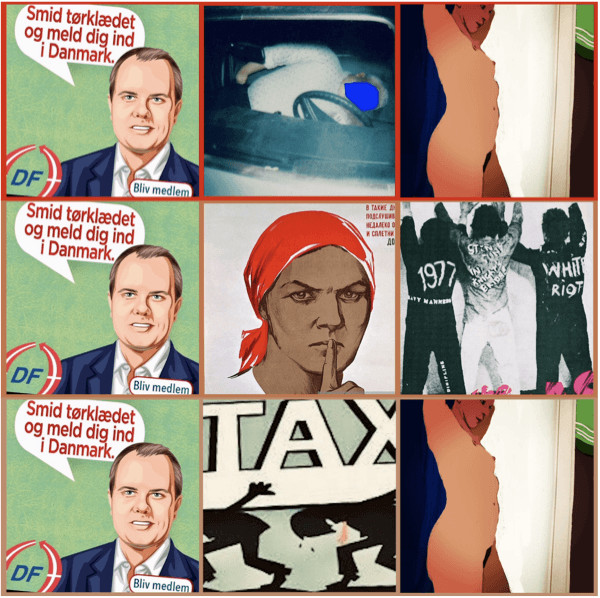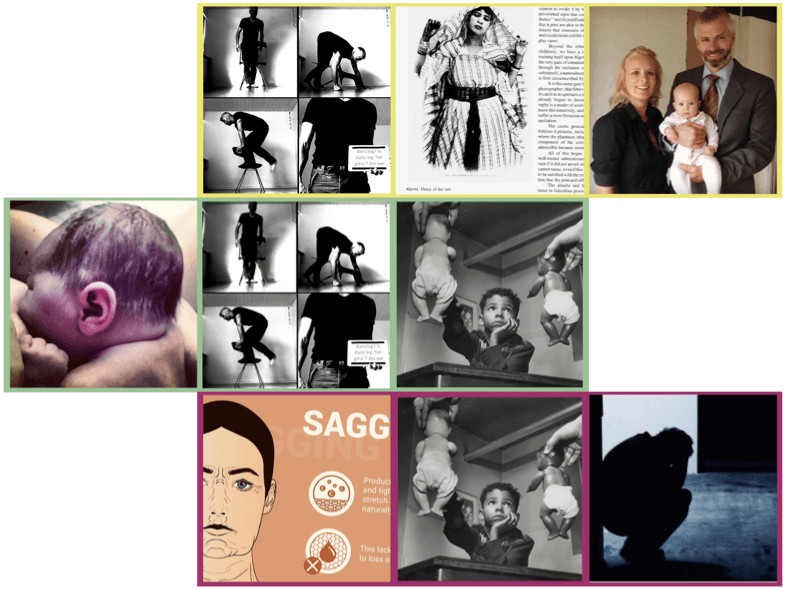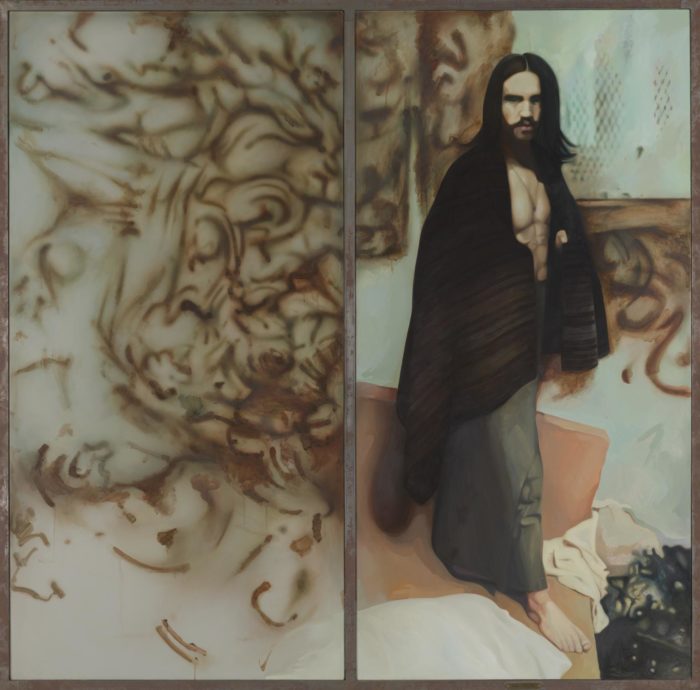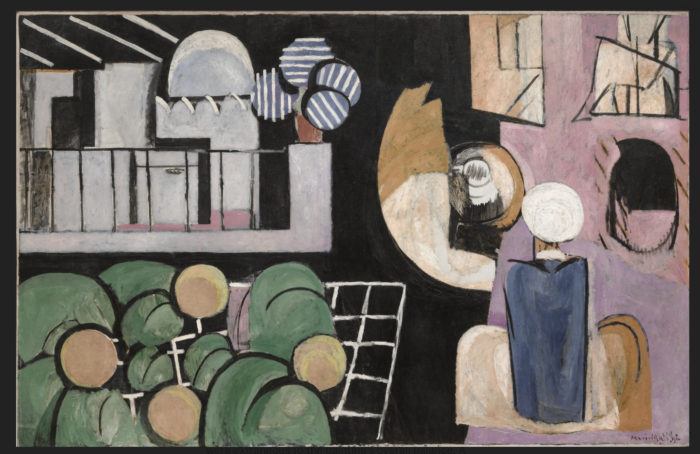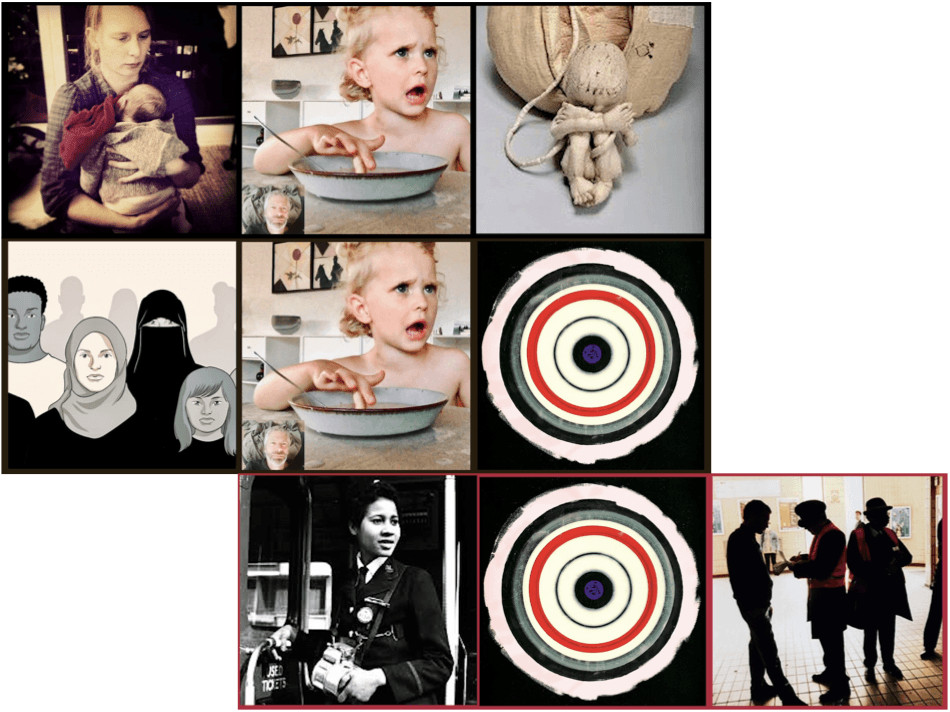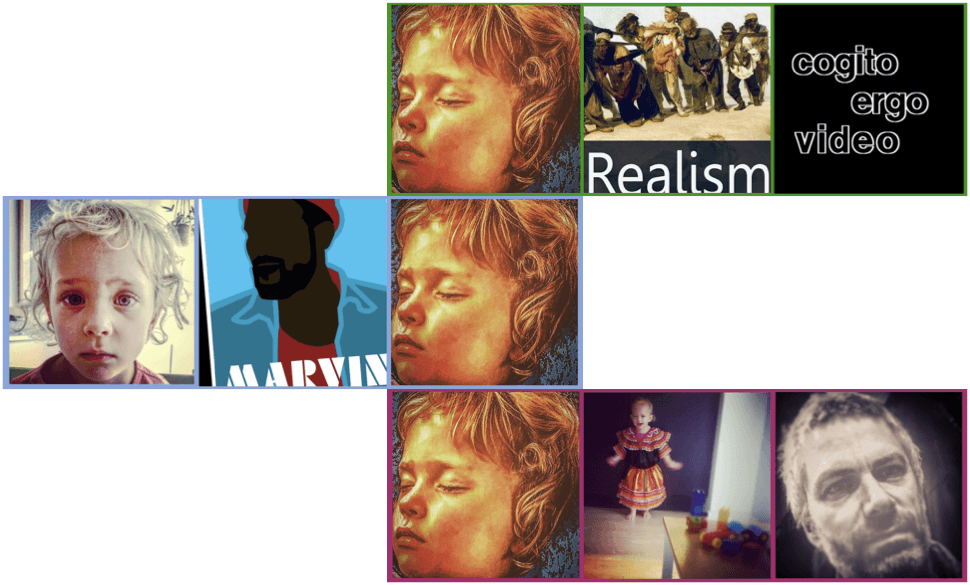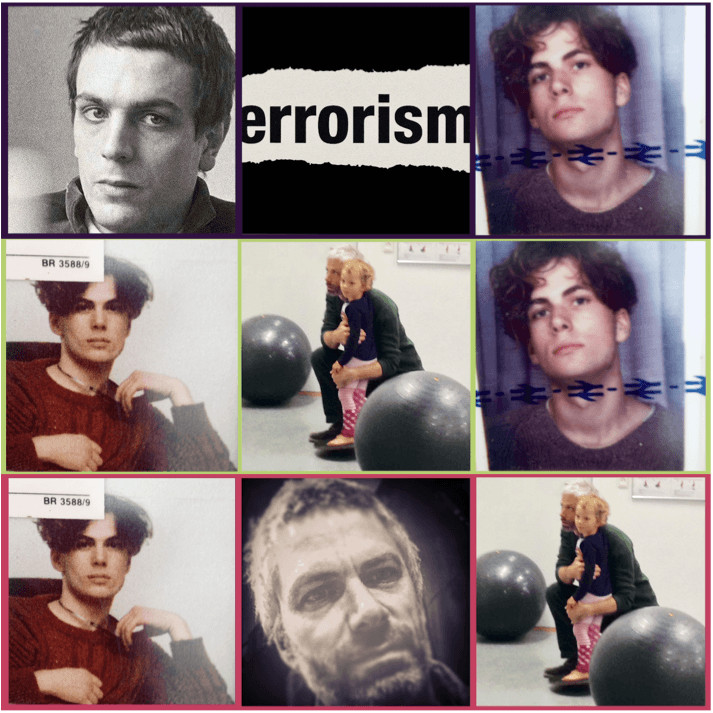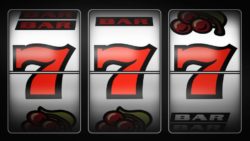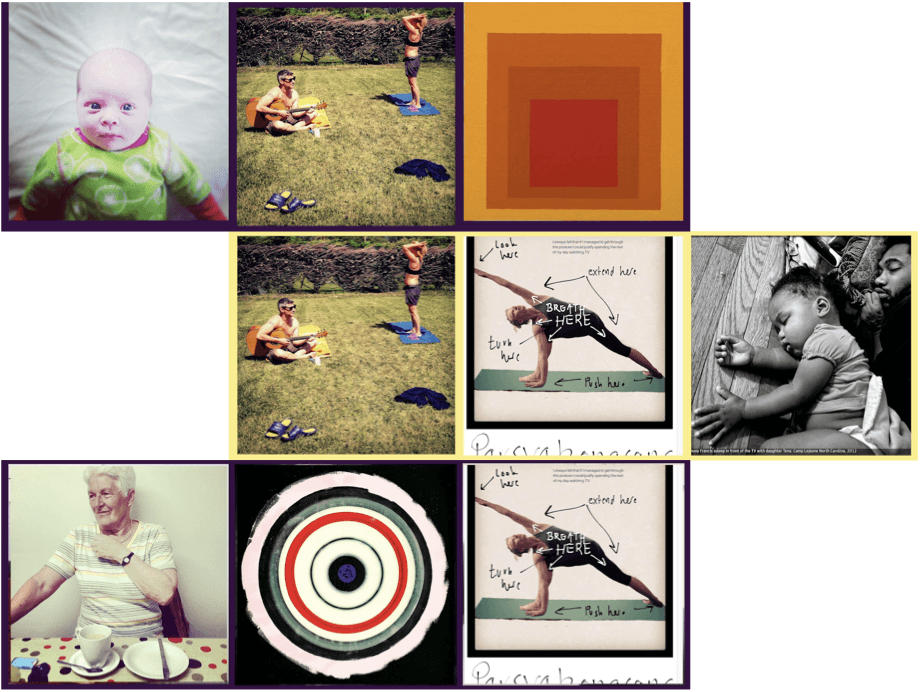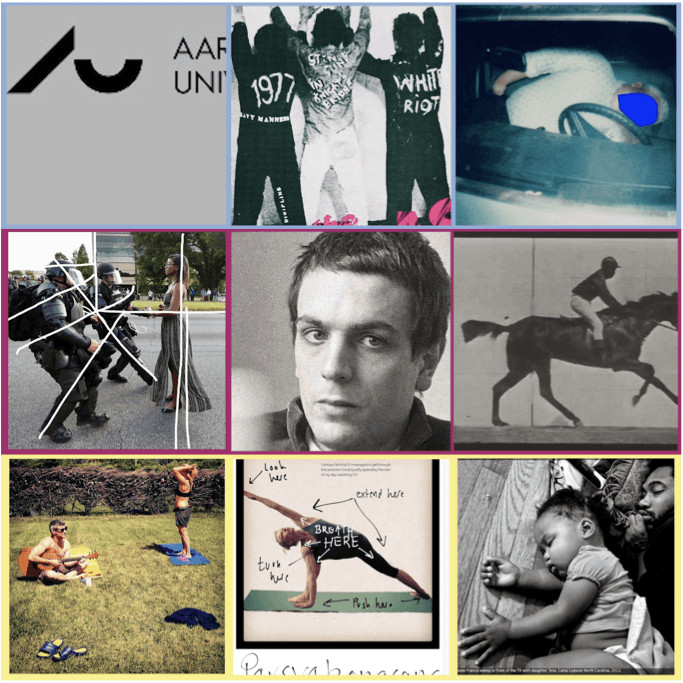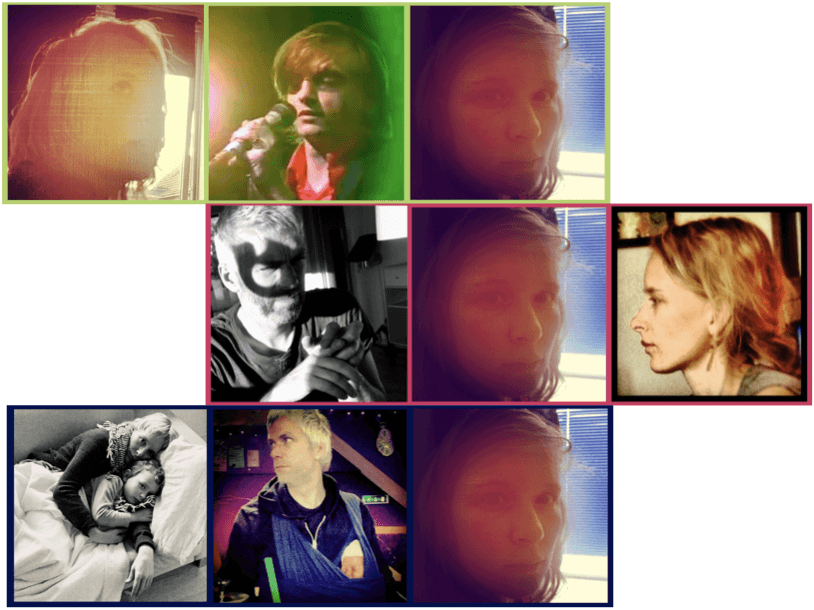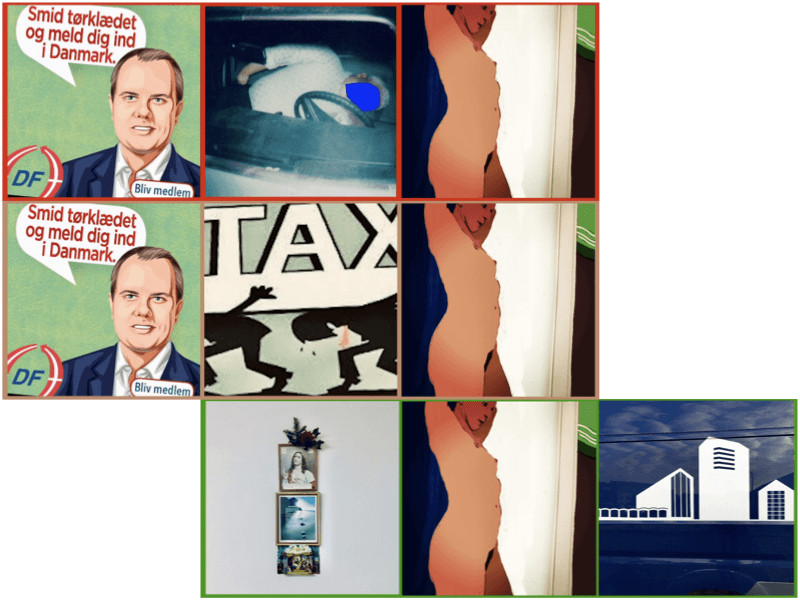Response 32 - No More No Less
Dear Marie,
Funny that, with this task, you should identify a distinction or opposition that has been a theme in my reading and thinking about art since I was a teenager. I always thought I was on the side of ‘two’. I am probably misremembering when I say that the controversial architect and theorist Robert Venturi, in a famous book, talked about a ‘difficult whole’ made up of unlikely pairs of elements rather than the easy symmetry of the trinity…
Okay, I’ve checked and I am misremembering: what he actually writes in Complexity and Contradiction in Architecture is that the difficult whole is ‘the difficult unity through inclusion rather than the easy unity of exclusion’, so his was an argument for impurity rather than duality.
Still, my teenage misreading generated an aesthetic preference. Ever since, I have made it a principle to enjoy artefacts organised as a diptych or clunky combination of two parts. Richard Hamilton’s ‘The Citizen’ (showing a republican prisoner during the Troubles, and the designs made with his own shit on the cell wall) is a great example. Franz Ferdinand’s ‘Take Me Out’ does something structurally similar in a song.
But all this time I have been lying to myself. One of my favourite paintings is Matisse’s Orientalist masterpiece ‘The Moroccans’, with its three distinct parts.
And what—I hear you cry—about the moments in the Talking Heads concert film Stop Making Sense when words are combined on three screens in absurd or banal combination?
The simple but witty triple format from Stop Making Sense gave me the approach I developed for this task.
You asked me to represent three subjects in relationship to each other, which I annotated for myself as follows:
My anxiety about aging and career
-
- Going part time in Leeds
- Possible fellowship in Aarhus?
- Yoga teaching
- Worries about the work I’ve done becoming invisible
- My books (covers or theme words like ‘terrorism’)
- Articles – ‘Against Realism’ (influential piece co-written with my friend Catherine O’Rawe)
- Aging:
- Nostalgia for my beauty as a youth
- Skin as an organ that’s giving up the ghost
Living with whiteness
-
- The three of us: the white family: the normal (normative?) family
- Making whiteness visible
- Danish privilege and politics: xenophobia and the Dansk Folkeparti
Our family income
-
- Worried about getting into debt: my father’s death
- Remembering being broke in London in my twenties (once being caught fare evading on the North London Line but a kind young black ticket inspector let me off)
- (Double) Taxation
I didn’t have much time for this task so, without too much thought, I quickly pulled together some eighty images to illustrate or correspond to the different aspects listed above, most of which came from my own family album of family photos of you, me and Lisa. Other aspects were represented more or less cryptically with stuff pulled off the web. I decided to adopt the method I had you employ for Task 31, in which combinations—in this case of three images—might suggest visual relationships that might, in turn, suggest conceptual relationships to enable better (political) understanding or action.
The three-image format reminded me of a slot machine, and this in turn recalled for me a theme that felt big in my response: my father’s probable suicide, likely as a result of a second failing business, a fucked up marital relationship, and debt. Some days or weeks before he died from carbon monoxide poisoning in his car, I remember accompanying him to the office he had for his nothing business (I think old friends would push bullshit work his way as a means of getting him some cash, and I once or twice ineffectually helped out) and he stopped at a bookmakers to place what he explained was a complex bet on the horses. ‘That fella is petrified he’ll have to pay out on that one—it’d break him!’, he said when he got back to the car. I remember thinking at the time that my dad was cool for knowing how to place such a bet, but of course it was a sign of his desperation rather than his sophistication, and he was only throwing away what little money he had.
So, my father’s suicide and his gambling, and my own anxiety about debt, was recalled/expressed in my selection of ‘slot machine’ format. (My dad’s gambling and our shared love of film was also recalled for me in the choice of a GIF made from some of Eadweard Muybridge’s sequential photographs of a horse and rider in motion, which anticipate moving image photography and cinema.)
My idea was to make every possible three-image combination of the seventy-nine still images and one GIF, but I would need to be a programmer (a) to work out the very many permutations and (b) to generate the actual combinations, which would be too arduous and slow to do ‘by hand’. I compromised by using the timelines on Premiere Pro to help me to make some more or less random combinations; making a film also allowed me to mimic the way the symbol strips of the slot machine ‘fall’ and slide down into place. The film didn’t really work, but here are low-quality exports of the beginning and end (no sound).
I didn’t like the film, so I decided to follow the procedure I used for Response 18, in which the images I finally generated to satisfy the task were exported from the film I made as part of the process. So, I exported a few dozen frames, and decided I would combine the exported strips in threes, so that the ambiguous combinations of three images are themselves tripled. I made eleven of these collages, interspersed with the text, here. The principle of combination was that each strip had to be linked with an identical image. I broke this rule for one collage, which has no repeated ‘squares’, and which seemed interesting as such.
I won’t interpret the resulting collages, except to say that these are intended to produce political meaning, but ambiguously and beyond any control of my limiting will. The ethics of this is definitely dodgy—for example, I have used images of black fathers that I find moving, but in order to make my own (aging) white body visible (the invisibility of whiteness is one of the ways in which privilege is still invested in white bodies). There are questions too about other images I have used, but I leave it up to you to decide if my risky procedure has been justified.

